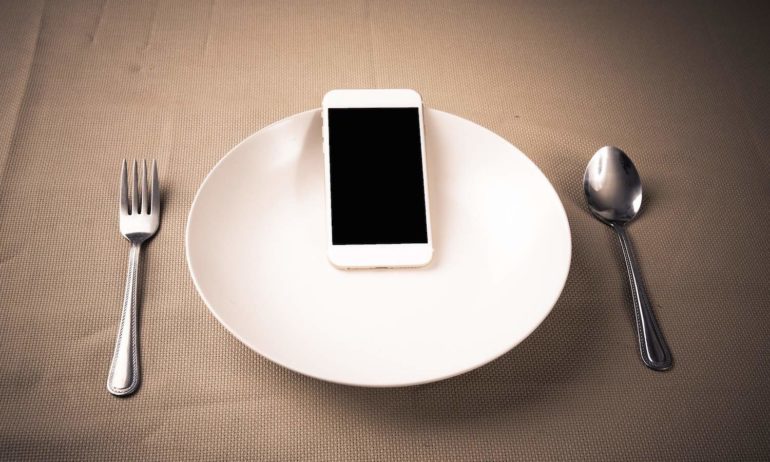When John Oliver said on his show Last Week Tonight that “we all have to address our relationship with food waste,” Twitter responded in a big way. Oliver’s viral video clip criticized America’s buffet and “all you can eat” obsession, uncovered the “farm to not table” epidemic, and exposed the truth about expiration dates in such a cleverly inspiring way, it was hard not to share. And that’s what Tweeters did: they shared and shared until #foodwaste started trending on Twitter, which just added more momentum to the conversation.
Even before Oliver lit up Twitter, #foodwaste was already the most common hashtag on this topic, with an average of 350 daily tweets worldwide. That adds up to a total of about 900,000 unique impressions daily, according to Hashtagify.me. Other, related hashtags including #food, #sustainability and #imperfectluv, make the food waste conversation even broader.
But broader isn’t necessarily better. As the most popular hashtag, #foodwaste covers an enormous range of topics. In just a few scrolls through my #foodwaste search on Twitter, I came across this Washington Post article of a restaurant’s “trash or treasure menu,” this adorable photo of an imperfect tomato next to its rubber duck twin, this petition to stop supermarkets from throwing away good food as millions go hungry, and this helpful list of compostable items.
So while it’s nice to have a sort of “one stop shop” for someone just starting to learn about the issue, the conversation surrounding #foodwaste is so broad it’s become unfocused. It seems everyone has something to say about food waste these days and, thankfully, everyone seems to know it’s terrible. But with such a dispersed conversation, it’s hard for newcomers to know where to look first. There’s too little conversation around solutions in the general #foodwaste Twitterverse to provide concerned readers with a focus.
Some Twitter campaigns have done a great job narrowing their focus around a single solution by combining the general #foodwaste with their own unique hashtags. For example, @UglyFruitAndVeg, an @EndFoodWaste campaign, uses both #foodwaste and their own hashtags #uglyisbeautiful and #LOVEtheUglies to promote buying imperfect fruits and vegetables so those perfectly tasty foods don’t go to waste. The campaign also does a great job combining photos and humor to entice their followers to join the movement.
Other campaigns have used a slightly different, but equally successful approach by creating hashtags surrounding certain events rather than a particular issue. Just recently, the UK celebrated Zero Waste Week, an annual event to promote waste reduction of all sorts. The week-long event used #zerowasteweek to discuss ways to live a waste-free lifestyle, including ways to preserve food, knowing when food is actually harmful to eat, and recipes that help you get the most out of your food.
(Some other great examples of influential Twitter accounts that discuss food waste and related issues are: @kerrymp, @campuskitchens, @civileats and @eatsustainable.)
So, here’s the takeaway: while the growing popularity of #foodwaste is great, it needs more focus to create sustainable change. Adding campaign-specific hashtags can be one way to establish that focus and give readers more ways to get involved.













